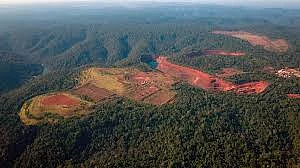India would add an additional carbon sink of 3.57 billion tonnes of carbon dioxide (CO2) equivalent from forest and tree cover by 2030, exceeding the nationally determined contribution (NDC) target of 2.5 to 3 billion tonnes of CO2 equivalent, as promised under the Paris Agreement. The projection was part of the latest State of Forest Report (SOFR) report published by the Forest Survey of India (FSI). As per available estimates, India's carbon stock from forest and tree cover would rise to 31.71 billion tonnes CO2 equivalent in 2030, from 28.14 billion tonnes CO2 equivalent in 2005.
The report added that going by current estimates, India is already close to the 2-billion benchmark and has already created more than 2 billion tonnes of additional CO2 equivalent since 2005.
Oceans, soil and forests are the world’s largest carbon sinks. Typically, carbon sink refers to the medium of storing carbon while carbon stock refers to the overall database of carbon held in carbon sinks (like forests) across geographies.
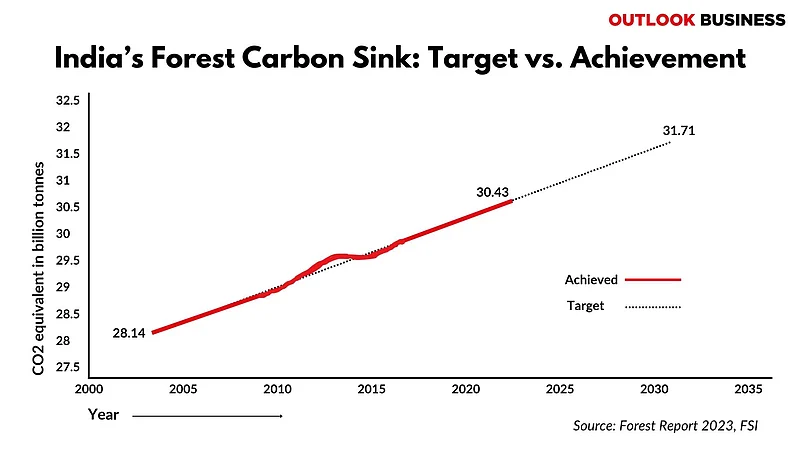
According to the report, India’s total forest cover increased from 7,13,789 square kilometers in 2021 to 7,15,343 square kilometers in 2023, reaching 21.76 per cent of its geographical area. The current assessment shows an increase of 156.41 square kilometers in the forest cover at the national level as compared to the previous assessment.
The United Nations Development Programme (UNDP) and United Nations Environment Programme (UNEP) have touted forest carbon stocking as a starting point for emissions accounting. Stock accounting, they say, allows carbon-dense areas to be prioritised by establishing the terrestrial carbon stock of a territory and average carbon stocks for particular land uses. Data from the latest SOFR report indicates that India has reported an annual increase of more than 40 million tonnes in carbon stock, equivalent to around 149 million tonnes of CO2.
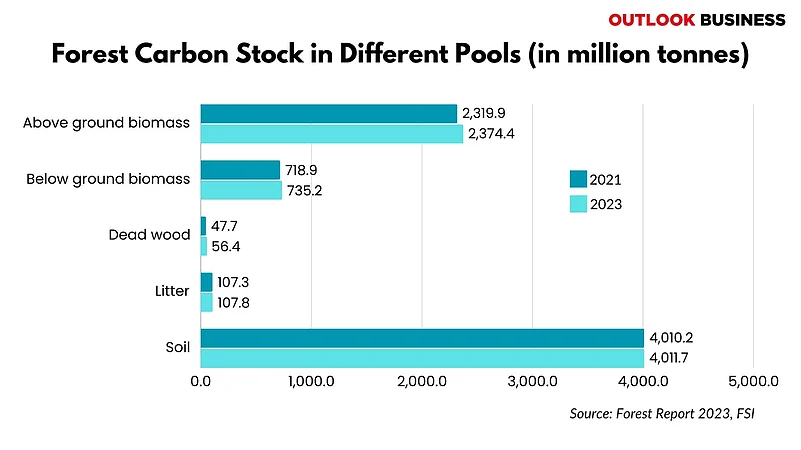
Forest carbon stock is found in different pools such as biomass, dead wood, litter and soil. Soil organic carbon is the largest pool of carbon accounting for almost 55 per cent of the overall stock, followed by biomass (42 per cent), litter (less than 2 per cent) and deadwood (less than 1 per cent).
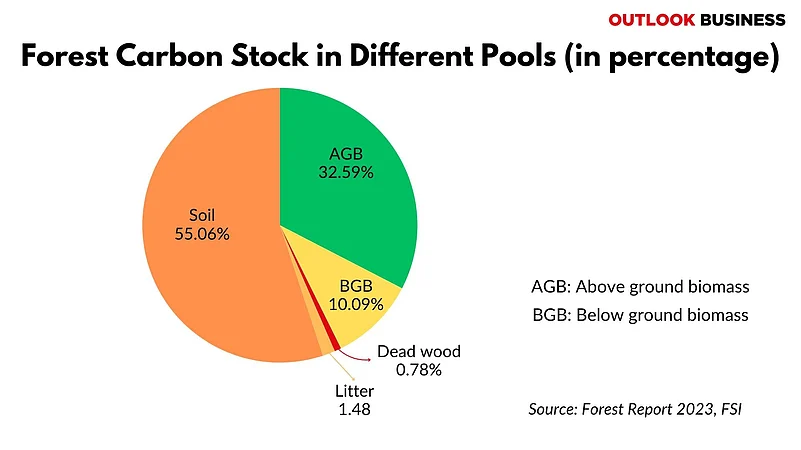
A detailed analysis of the report reveals that Arunachal Pradesh has the highest forest carbon stock at 1,021 million tonnes, followed by Madhya Pradesh, Chhattisgarh and Maharashtra.
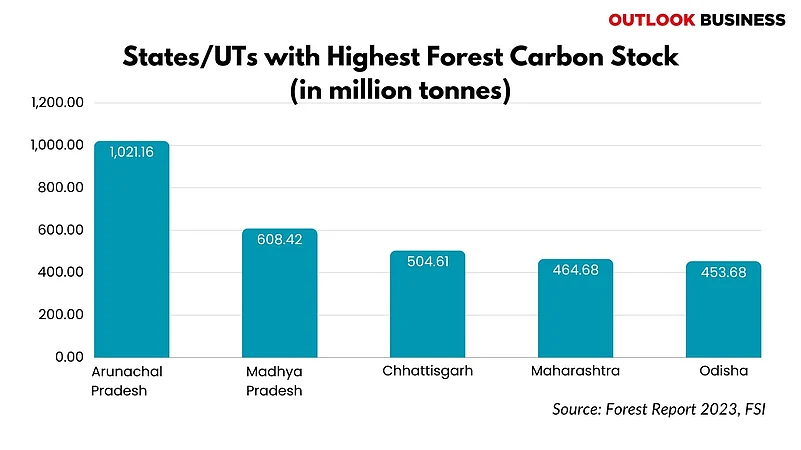
However, on a per-hectare basis, Jammu and Kashmir has the highest forest carbon stock at 174.10 tonnes per hectare, followed by Sikkim, Himachal Pradesh, and the Andaman and Nicobar islands.
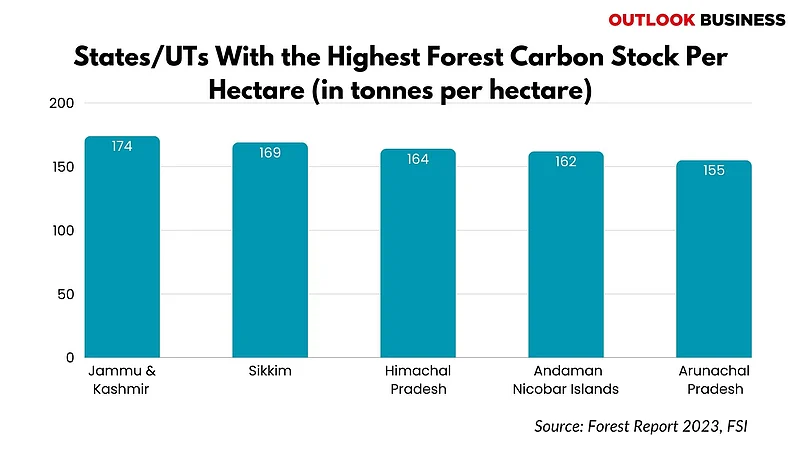
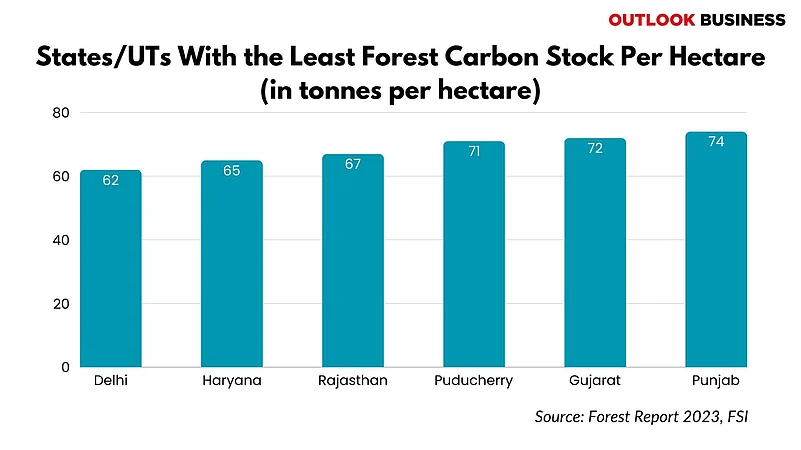
Firm estimates of the economic value of carbon sinks in India remain unclear. However, the Supreme Court had in an earlier judgment this year estimated the mitigation value of CO2 locked in forests to be $5 per tonne. Based on this estimate, the value of India’s forest carbon sink was estimated to be Rs 6 trillion ($120 billion).






